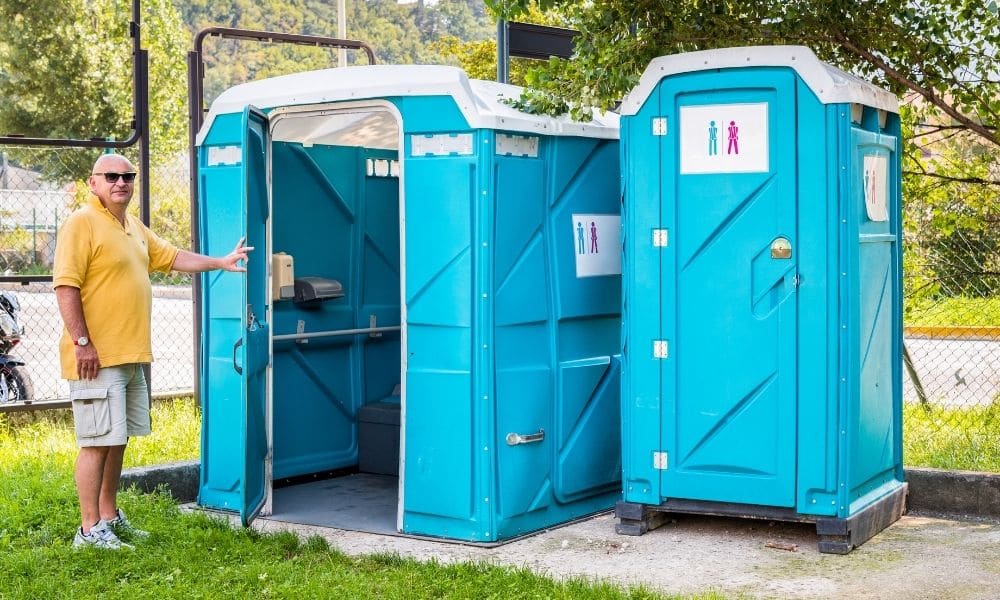
Common Signs of Malfunction
Identifying the early signs of an ADAS sensor malfunction can prevent more significant issues down the line. Symptoms may include warning lights on the dashboard, unresponsive or overly sensitive systems, and error messages related to specific ADAS features.
The Calibration Process Explained
ADAS calibration is a meticulous process that requires professional equipment and expertise. This section breaks down the types of calibration and what vehicle owners can expect during the procedure.
Overview of
portable adas
ADAS technologies have become increasingly common in modern vehicles, offering unprecedented safety features that rely on a complex network of sensors and cameras. These systems are designed to detect obstacles, alert drivers to potential hazards, and even take corrective action to avoid accidents.
Impact on Safety
Failure to properly calibrate ADAS systems can lead to malfunctioning safety features, putting drivers, passengers, and other road users at significant risk. Calibration ensures that ADAS sensors and cameras have the correct alignment to accurately assess the vehicle’s surroundings.
Upgrading and Replacing ADAS Sensors
Signs You Need an Upgrade, Choosing the Right Sensors
Technology evolves, and so do ADAS systems. Learn how to identify when it’s time for an upgrade and how to select the right sensors for your vehicle.
Legal and Insurance Considerations
Compliance with Safety Standards, Impact on Insurance Premiums
Maintaining your ADAS sensors can have legal and insurance implications. This section covers how keeping your sensors in good working order can comply with safety standards and potentially affect your insurance premiums.
Insurance Coverage for Calibration
Some insurance policies may cover the cost of ADAS calibration following a windshield replacement. Vehicle owners are encouraged to check with their insurance providers for details.
How to Ensure Proper Calibration
Ensuring your vehicle’s ADAS system is properly calibrated after
made a post windshield replacement involves selecting a reputable service provider and knowing the right questions to ask. This section provides guidance on making informed choices.
LIDAR sensors offer high-resolution, three-dimensional mapping capabilities, providing precise information about the vehicle’s surroundings. Although similar to radar, LIDAR offers finer detail, crucial for complex driving decisions in autonomous vehicles.
The concept of Advanced Driver Assistance Systems (ADAS) represents a significant leap forward in automotive technology, blending innovation with safety to redefine our driving experiences. Initially developed to enhance vehicle safety and comfort, ADAS technologies have rapidly evolved, becoming more sophisticated with each passing year. They offer a suite of features designed to assist drivers in various aspects of driving, from parking to maintaining lane discipline, and even automatic braking in emergencies. This introduction sets the stage for a comprehensive exploration of whether ADAS-equipped vehicles truly represent the future of driving.
Emerging Technologies in ADAS
The future of ADAS is bright, with ongoing advancements in sensor technology and the integration of these systems with autonomous driving technologies. Staying informed about these developments can help drivers make the most of their ADAS-equipped vehicles.
Routine Checks for ADAS Sensors
Visual Inspections, Cleaning Techniques
Learn how to perform basic visual inspections and cleaning routines to keep your ADAS sensors unobstructed and functional, including tips on what to look for and how to safely clean sensors without damaging them.
The integration of data from various sensors, a process known as sensor fusion, is key to advancing towards fully autonomous driving. This technology enables a comprehensive understanding of the vehicle’s environment, enhancing decision-making processes.
Comparative Analysis: ADAS vs. Traditional Driving
A comparative analysis reveals how ADAS-equipped vehicles stack up against traditional driving methods in terms of safety, efficiency, and overall satisfaction, offering insights into the practical advantages of adopting ADAS technologies.
Camera-based sensors are the eyes of the ADAS, crucial for interpreting visual information like lane markings, traffic signs, and lights. These sensors enable features such as lane-keeping assistance and traffic sign recognition.
Advanced Driver-Assistance Systems (ADAS) have transformed the automotive landscape, offering unprecedented levels of safety and comfort. These systems rely on a network of sensors to function correctly, including radar, camera, ultrasonic, and LiDAR. However, like any technology, they can malfunction. Knowing what steps to take when an ADAS sensor fails is crucial for maintaining the safety and performance of your vehicle.
Understanding ADAS: Key Features and Technologies
ADAS comprises an array of technologies designed to enhance vehicle safety and driving comfort. We’ll explore various components such as automatic emergency braking, lane-keeping assistance, and adaptive cruise control. These features not only provide safety benefits but also play a pivotal role in reshaping insurance models by reducing accident risks.
